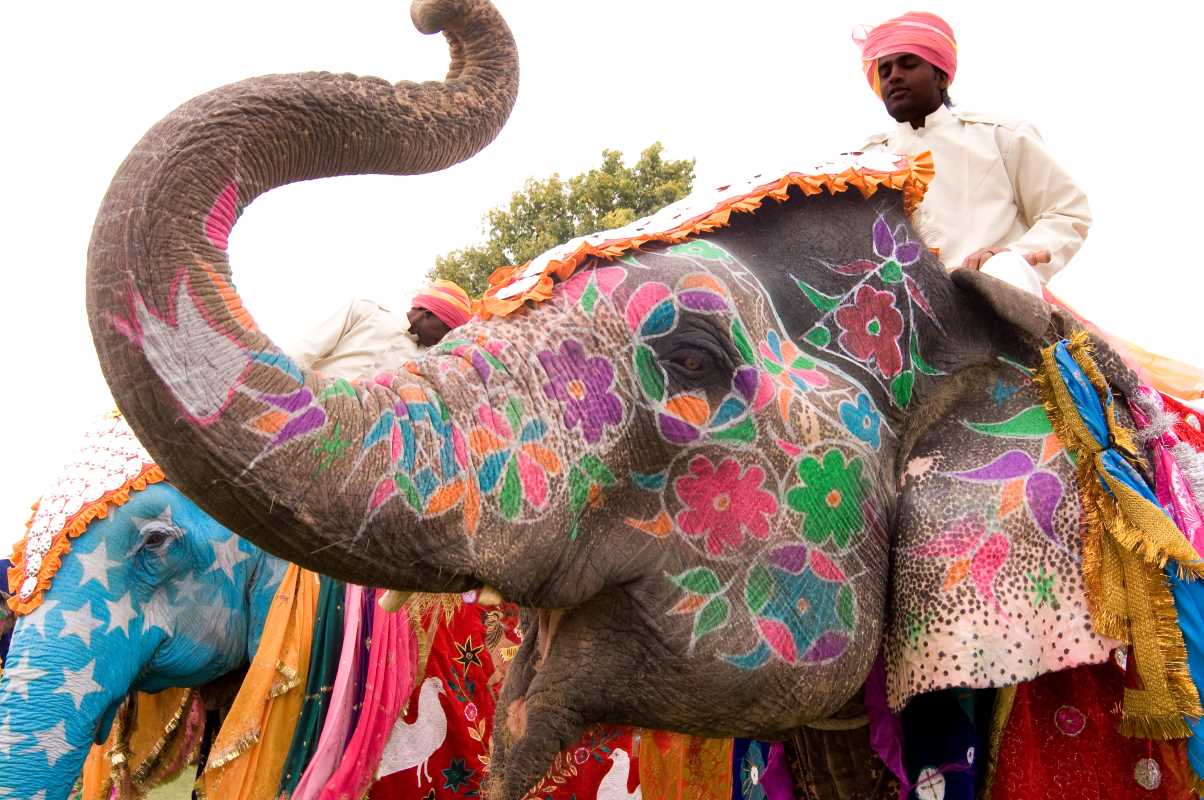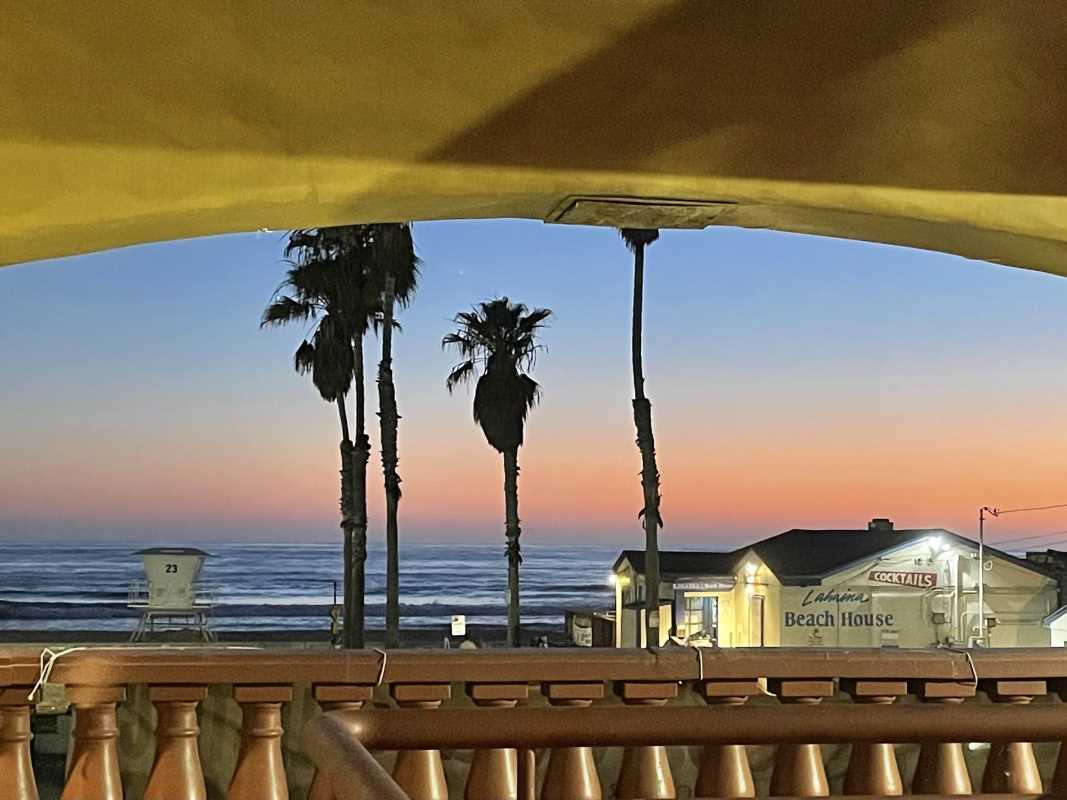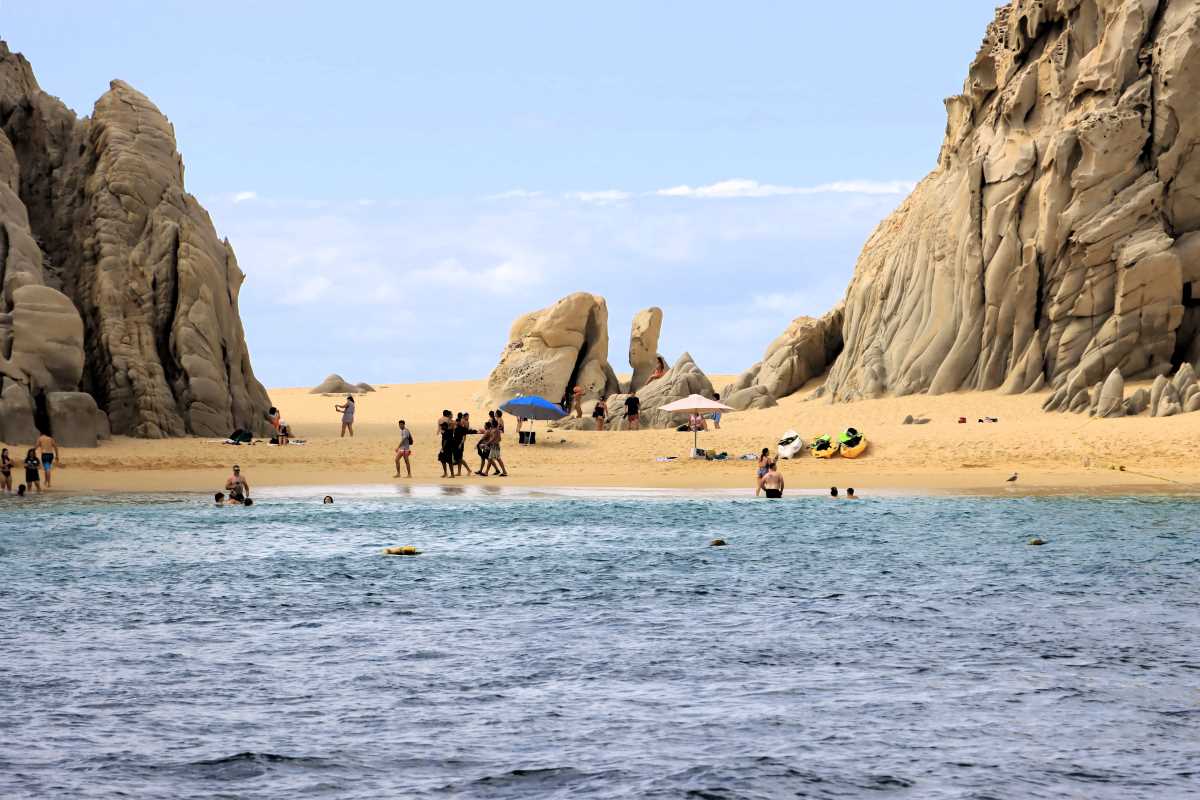Sure, some of the fun of traveling is visiting landmarks and snapping photos. What makes traveling remarkable, though, is immersing yourself in the life and culture of a place. One of the best ways to do this is by attending cultural festivals. These celebrations are windows into a community’s traditions, history, and heritage, filled with vibrant displays of art, music, food, and rituals. Festivals give you the chance to connect with locals and experience their stories and values firsthand. If you’re someone who seeks meaningful travel experiences, you’ll love learning about these dynamic cultural festivals. From the dazzling colors of Holi to the electrifying samba rhythms at Carnival in Brazil, here are five must-visit festivals that showcase the diversity and depth of local heritage.
Holi - The Festival of Colors (India)
Holi, often called the "Festival of Colors," is one of the most joyous and spirited celebrations in the world. Held on the full moon of the Hindu month of Phalguna (typically falling in March), this festival celebrates the arrival of spring and the triumph of good over evil.
The festivities kick off the evening before with Holika Dahan, a symbolic bonfire that represents the burning of evil. The next day, known as Rangwali Holi, is when things get delightfully chaotic as people take to the streets to throw vibrant powdered colors (gulal) at each other. It’s a playful, laughter-filled day of dancing, music, and delicious food. Traditional treats like gujiya (a sweet pastry stuffed with dried fruits) and cooling drinks like thandai add a flavorful touch to the revelry.
But Holi is more than fun and games. It’s a festival that brings together community and creates connection. It’s a time to forgive grudges, mend relationships, and welcome new beginnings. Whether you celebrate Holi in a small village or a bustling city like Vrindavan or Jaipur, this festival will leave you drenched in colors and memories that last a lifetime.
Carnival - Brazil’s Biggest Party
Nothing compares to the energy and extravagance of Carnival in Brazil, which dates back to 1723 when Portuguese immigrants brought the tradition known as "Entrudo" to Rio de Janeiro. What began as playful water fights on the streets has evolved into one of the most iconic festivals in the world.
Carnival is celebrated the week before Lent, ending on Fat Tuesday, and Rio de Janeiro hosts the largest and most famous celebration. Samba—a lively music and dance style introduced to Carnival in 1917—quickly became its heart and soul. By the 1930s, samba dominated the festival, with samba schools competing to deliver the most elaborate parades. Today, these performances take place in the Sambadrome, an impressive venue designed by architect Oscar Niemeyer in 1984.
During Carnival, Rio transforms into a city-wide fiesta, with electrifying parades, vibrant costumes, and non-stop music. Beyond Rio, other cities like Salvador and Recife offer their unique takes on the festival, fusing Afro-Brazilian influences and interactive performances. Whether you’re dancing in a samba street party or marveling at a parade float, Carnival immerses you in the diversity and richness of Brazilian culture.
Obon - Honoring Ancestors (Japan)
For a quieter and more reflective cultural experience, head to Japan during Obon, a festival that honors the spirits of ancestors. Typically held in mid-August, Obon is deeply rooted in Buddhist traditions and revolves around the values of family and remembrance.
One of the most captivating parts of Obon is the Toro Nagashi, where paper lanterns are floated onto rivers or oceans to guide spirits back to the afterlife. The sight of hundreds of glowing lanterns drifting on water is serene and moving. Another highlight is the Bon Odori, a traditional folk dance performed in towns across Japan, where locals wear summer yukatas (light cotton kimonos) and dance to the rhythmic beats of taiko drums.
Obon is also an opportunity to experience Japanese hospitality and home-cooked meals as families reunite to share stories and clean their ancestors’ graves. If you find yourself in a place like Kyoto or Tokyo during Obon, you’ll witness the balance of joy and reverence that defines this meaningful festival.
Oktoberfest - Bavarian Traditions (Germany)
If your idea of a great time includes beer, hearty food, and lively music, Oktoberfest in Munich, Germany, is for you. Originating in 1810 as a royal wedding party, Oktoberfest has grown into the world’s largest folk festival, attracting millions of visitors each year. It begins in late September and runs through the first weekend of October.
The festival is a celebration of Bavarian culture at its finest. Locals dress in traditional attire (lederhosen for men and dirndls for women) and long communal tables brim with steins of beer, fresh pretzels, bratwurst, and roasted chicken. Music plays a huge role, with brass bands creating an infectiously cheerful atmosphere.
But Oktoberfest isn’t just beer tents and feasting. The festival includes carnival rides, parades, and cultural events that give visitors a glimpse into Bavarian history and traditions. Whether you’re singing along to folk songs in a beer hall or taking a spin on a Ferris wheel, you’ll quickly see why Oktoberfest is such a beloved global celebration.
Day of the Dead - A Celebration of Memory (Mexico)
The Day of the Dead, or Día de los Muertos, is a uniquely Mexican festival that celebrates life and the memory of loved ones who have passed. Held from October 31 to November 2, this vibrant holiday blends Indigenous and Catholic traditions.
Central to the festival are the ofrendas, or altars, adorned with photos, candles, marigolds (known as cempasúchil), and offerings like food, drinks, and personal mementos. These altars are created to welcome the spirits of the departed back for a brief reunion with their families.
The festival bursts with color and joy, particularly in cities like Oaxaca, where parades, face painting, and traditional music fill the streets. It’s a sensory feast, from the scent of marigolds to the taste of pan de muerto (a special sweet bread). Día de los Muertos invites you to reflect on life, love, and family in a way that’s both celebratory and poignant.
If you want to take your travels to another level, consider planning your next trip around a cultural festival. These events offer a rare chance to see the heart and soul of a destination in action. Pack your bags, join the festivities, and make memories that will last a lifetime!







